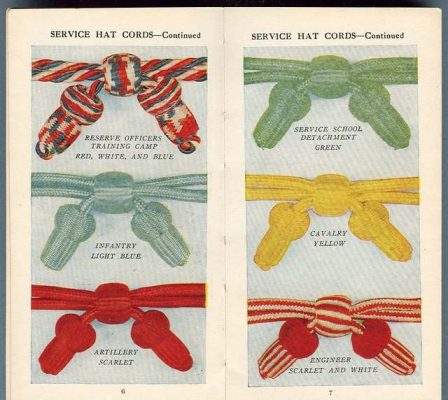Military Hats
Campaign Hat
Peaked military favourite to keep the water off
 A Campaign Hat is a broad-brimmed felt or straw hat, with a high crown, pinched symmetrically at the four corners to form the ‘Montana crease’.
A Campaign Hat is a broad-brimmed felt or straw hat, with a high crown, pinched symmetrically at the four corners to form the ‘Montana crease’.
The Campaign Hat is associated with the New Zealand Army, the Royal Canadian Mounted Police, the World War I United States Army, US military drill instructors, state police forces, park rangers, Smokey Bear, Boy Scouts, and many others.
The Campaign Hat is occasionally referred to as a Stetson, after the hat manufacturer who made them in the late 19th century. The Campaign Hat also should not be confused with a slouch hat.
The Campaign Hat’s origins can be traced to the 1840s when US army troops posted in the west took to wearing civilian hats which were far more practical than the shakos or kepis then in vogue with most western armies. The name started to be used after the 1872-1876 regulations introduced a black felt hat – which could be drab after 1883 – for fatigue use derived from the types popularised during the American Civil War.
During the Spanish-American War the standard central crease on the crown was found to be impractical as it tended to hold the rainwater from the frequent tropical downpours. Many soldiers reshaped the crown to form a pinched ‘Montana peak.’ The army officially adopted the peaked design in 1911.
The Campaign Hat is closely associated with Robert Baden-Powell who picked up the hat during an African campaign in 1896 from an American scout Frederick Russell Burnham who first taught him woodcraft. The Campaign Hat was later introduced for the South African Constabulary and the Boy Scouts.
Through the World War I era, the Campaign Hat worn by the United States Army were fairly soft. They featured a Campaign Cord or Campaign Hat Cord to indicate station, unit, rank or history of service. Generals had a golden cord around it, whereas other Commissioned officers had a golden-and-black cord around their hat. Field Clerks, as well as their post-war successors the Warrant officers, had a silver and black cord, while other ranks had cords in their branch-of-service colours.
Campaign cords are generally made up of three components; the cord itself, the keeper and the acorns. The cord usually wraps around the hat twice with the keeper keeping the cord together, and allows for it to be adjusted for a different size hat. The acorns are at the end of the cord are for decoration.
American World War I era Campaign Hats from 1916-1920, can be identified by a small sticker inside that says “United Hatters Union of North America”, which only those ones have. They also have 2 to 8 rows of stitching around edge of brim with 5 being the most common. Also look out for an inspection stamp on the inside of headband with a date on it and a size sticker if still present. Many Campaign Hats of enlisted men had no manufacturer name on them like the ones for officers did.
The United States Marine Corps had the “Eagle, Globe, and Anchor” badge in black at the front of their campaign hats; its officers had an additional golden-and-scarlet cord around their hat, whereas its other ranks had none.
By the 1930s the felt was made very stiff with a permanently flat brim. Due to the frequent wearing of helmets in France in World War I, most troops received a copy of the French Bonnet du Police that became known as the overseas cap. In 1942 the campaign hat ceased to be issued generally, but it was still commonly found in the Pacific theatre for much of the war, and was the trademark of General Joseph Stilwell.
Other names for the Campaign Hat
- Campaign Cover
- Montana Peak
- Drill Instructor Cover
- Drill Sergeant Hat
- Round Brown
- Ranger Hat
- Sergeant Hat
- Scout Hat
- Boy Scout Hat
- Mountie Hat
- Smokey Bear
- Lemon Squeezer
Famous Campaign Hat wearers
- Robert Baden-Powell
- Smokey Bear
- Mounties
- Boy Scouts
- General Joseph Stilwell
- World War I US Army
- Drill Sergeants
Campaign Hat fancy dress ideas
Cheap felt versions of the Campaign hat are available for fancy dress use.
- Mountie
- Boy Scout
- Smokey Bear
- Drill Sergeant




Comments are closed.